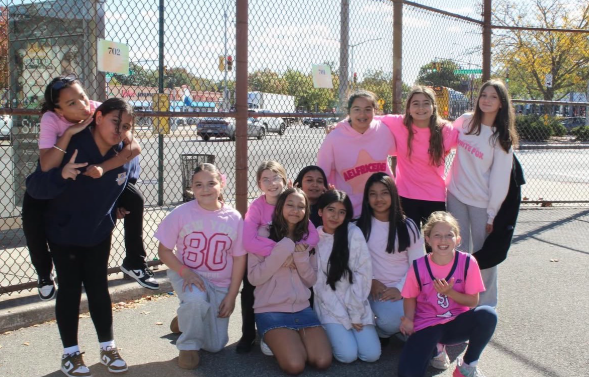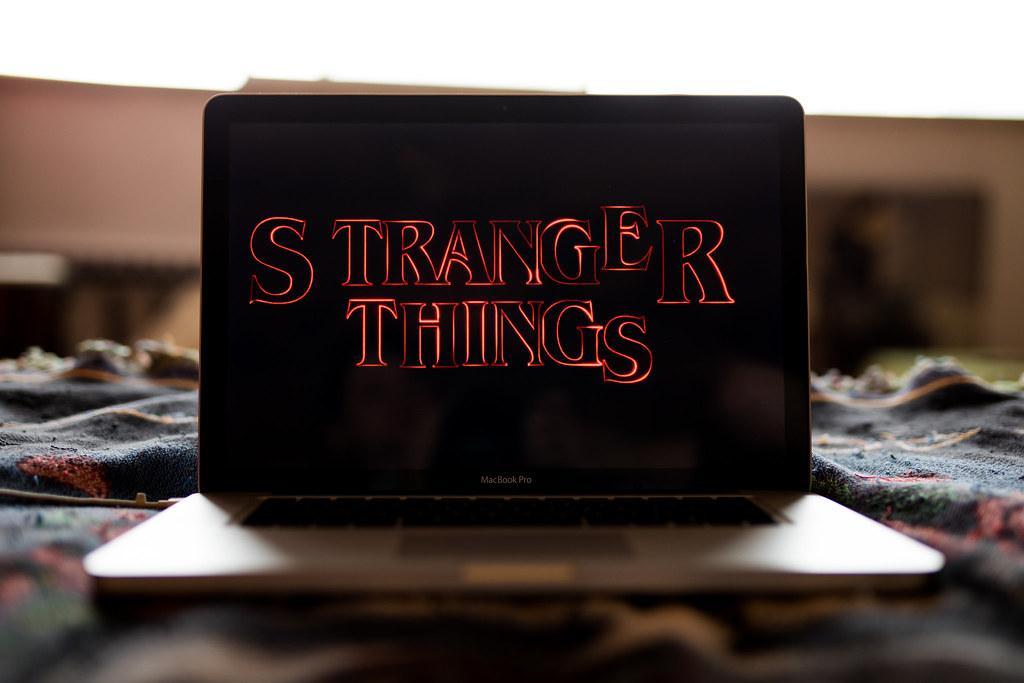
by Faith Chojar, staff reporter
Contradictory to popular belief that squats are primarily a quadricep exercise, they are actually a key exercise that can help train a person’s upper and lower body. There is considerably more focus on lower body (legs) than there is upper body, but squatting engages multiple muscles such as abdominals and shoulders.
There are somewhere in the area of a gazillion different types of squats that can be done to improve lower body strength, including: pistol squats, front squats, back squats, hack squats, lateral squats, sumo squats, jump squats and goblet squats.
Basic bodyweight squats although simple can be highly effective. Proper form involves beginning with feet placed shoulder length apart and a slight bend in the knees. From there, the body begins to lower, bringing the butt back (like they’re trying to butt bump someone!) and keeping the back in a straight line.
Pistol squats are done with one foot on the floor and the other extended forward in the air. Front squats are done holding a bar in front of the body, close to the chest. Back squats are the opposite, done with the bar behind one’s head on their shoulders. Hack squats are done with the bar behind one’s feet, lifting it up behind them from a squat position.
Lateral squats are done in a squat down position, extending one leg all the way out to the side and back in, repeating with the other leg. Sumo squats are close to regular squats but instead of keeping the legs at shoulder width apart, they are spread way farther apart.
Jump squats are regular squats but instead of returning to standing straight, they end and begin in a jump. Goblet squats are done with legs farther apart and with a kettlebell extending down to the floor between the legs.
Squats are a highly effective leg exercises that everyone should do, which burn more calories than cardiovascular exercises on their own. And to make them even better, the leg pain the next day is lots of fun too.






































